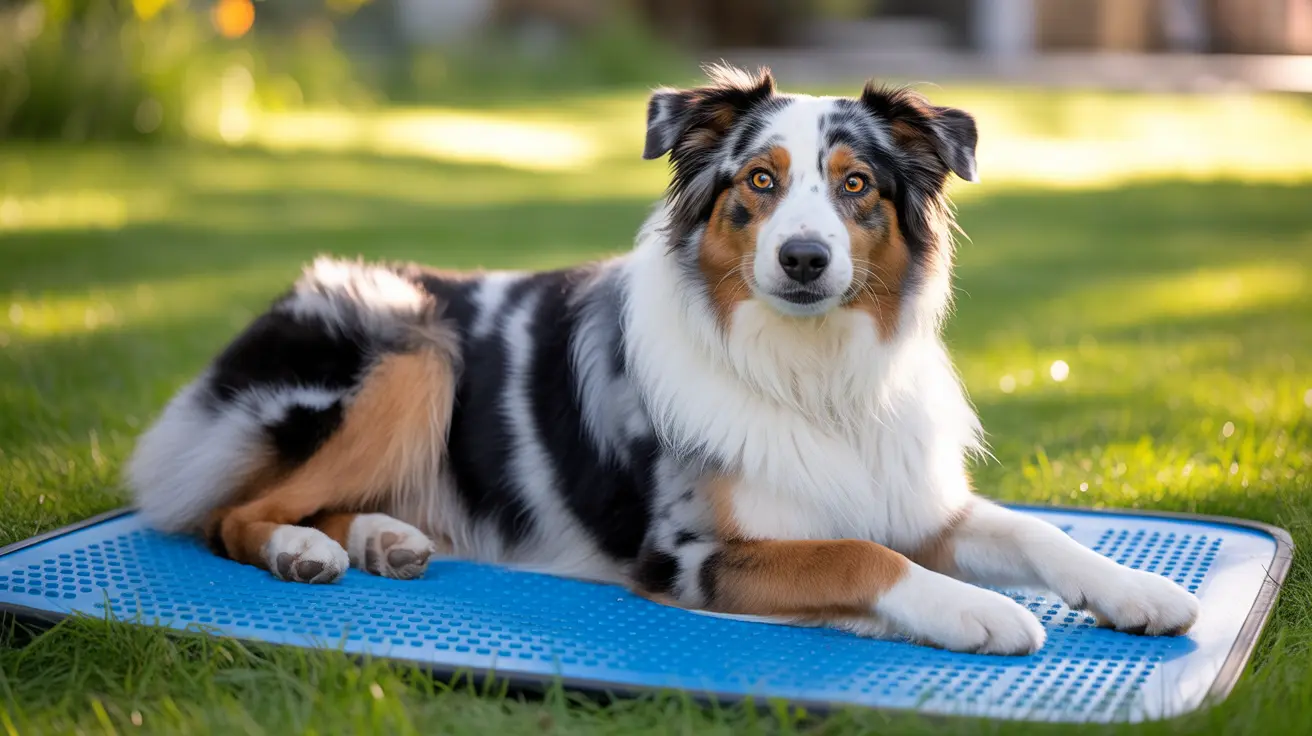Understanding Dewclaws: The Extra Toe on Dogs
Dogs are equipped with a specialized anatomy that supports their agility and movement. One interesting aspect of their paws is the presence of an extra toe, known as a
dewclaw. While not all dogs have them on all limbs, understanding their purpose and management is important for every pet owner.
What Is a Dewclaw?
A
dewclaw is a vestigial digit found higher up on a dog's leg, primarily on the front paws. Unlike the other toes, dewclaws usually do
not touch the ground during regular walking. Most dogs have five toes on each front paw — four main digits and one dewclaw — and four toes on each rear paw. However, some breeds may have rear dewclaws or even double dewclaws.
Functions of Dewclaws
Although dewclaws may appear non-functional, they serve several purposes:
- Gripping objects: Dogs may use their dewclaws to hold onto bones or toys.
- Stability and traction: Especially while running at high speeds or turning sharply.
- Scratching: Dewclaws can help dogs scratch itches or clean their face.
- Climbing: Particularly in breeds like the Norwegian Lundehund, dewclaws aid in climbing steep surfaces.
Breeds With Rear or Extra Dewclaws
Some breeds are genetically predisposed to have rear dewclaws or even double rear dewclaws. These include:
- Beauceron
- Briard
- Estrela Mountain Dog
- Anatolian Shepherd Dog
- Icelandic Sheepdog
- Portuguese Sheepdog
- Saint Bernard
The
Norwegian Lundehund stands out as it can have
six toes on each foot, totaling 24 toes. This adaptation helps it traverse rocky terrains.
Polydactyly in Dogs
The presence of extra toes, or
polydactyly, can arise from:
- Genetics: Some breeds are selectively bred for this trait.
- Mutation: Spontaneous genetic variations during limb development can cause extra digits.
Typically, limb formation starts around the 23rd day of gestation in dogs.
When Is Dewclaw Removal Considered?
Although dewclaws can be helpful, there are situations where removal may be necessary:
- Loose attachment: Rear dewclaws are often connected only by skin, making them prone to injury.
- Injury or infection: Damaged dewclaws may require medical attention or removal.
- Preventative removal: In some breeds, breeders opt to remove dewclaws early to prevent future issues.
Procedure for Dewclaw Removal
Dewclaw removal typically occurs when puppies are
3 to 5 days old. At this age, the procedure is less invasive. When performed later in life, especially if the dewclaw is firmly attached, the procedure may require:
- Anesthesia
- Sutures
- Longer recovery period
Removing
healthy front dewclaws without a medical reason is generally discouraged since they help support the carpus (wrist). Rear dewclaws are more commonly removed when indicated.
Grooming and Maintenance
Because dewclaws don’t typically wear down naturally like other claws, they require regular trimming. Neglect may lead to:
- Overgrowth
- Ingrown nails
- Infection
- Pain or discomfort
Proper grooming includes checking all dewclaws and ensuring they are not catching on objects or becoming inflamed.
Conclusion
Dewclaws are more than just an anatomical curiosity — they can perform important functions and impact a dog’s overall mobility and comfort. While not all dewclaws need to be removed, it's essential for pet owners to monitor and maintain them carefully. Understanding your dog’s unique paw anatomy supports better health, mobility, and quality of life for your furry companion.





